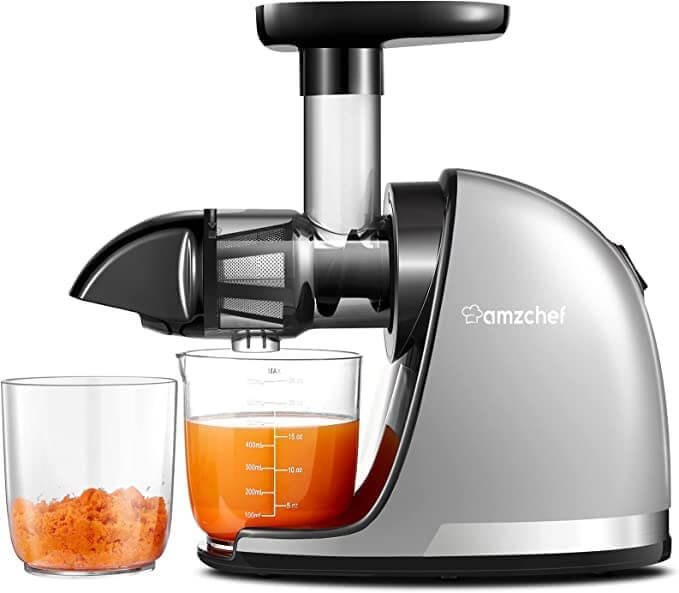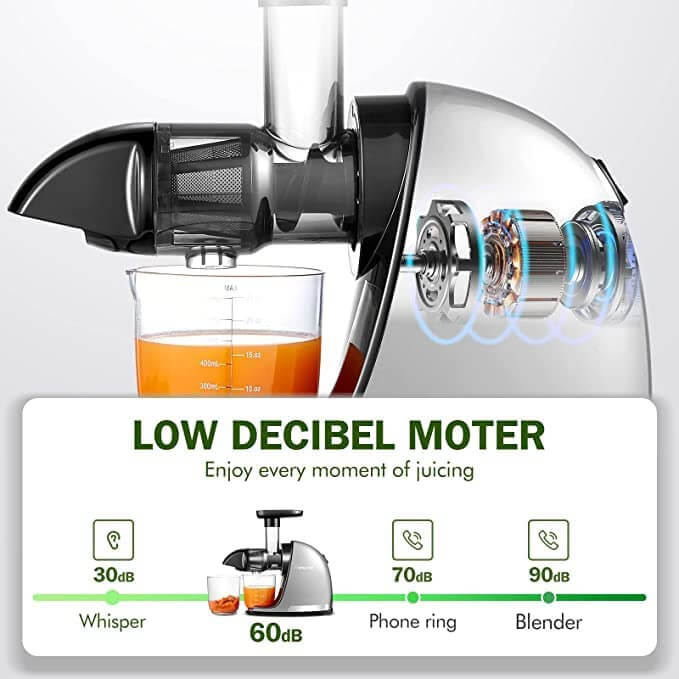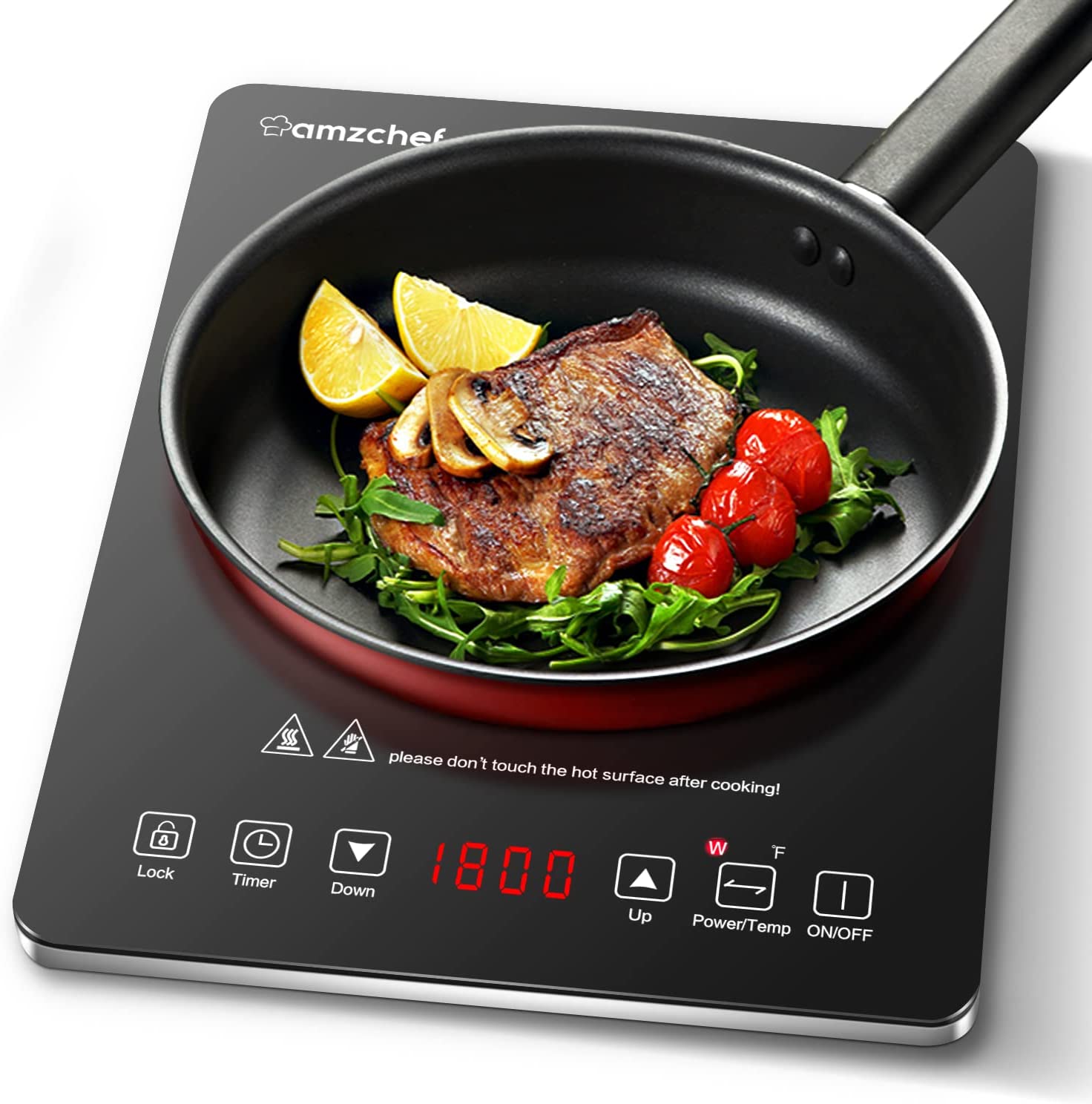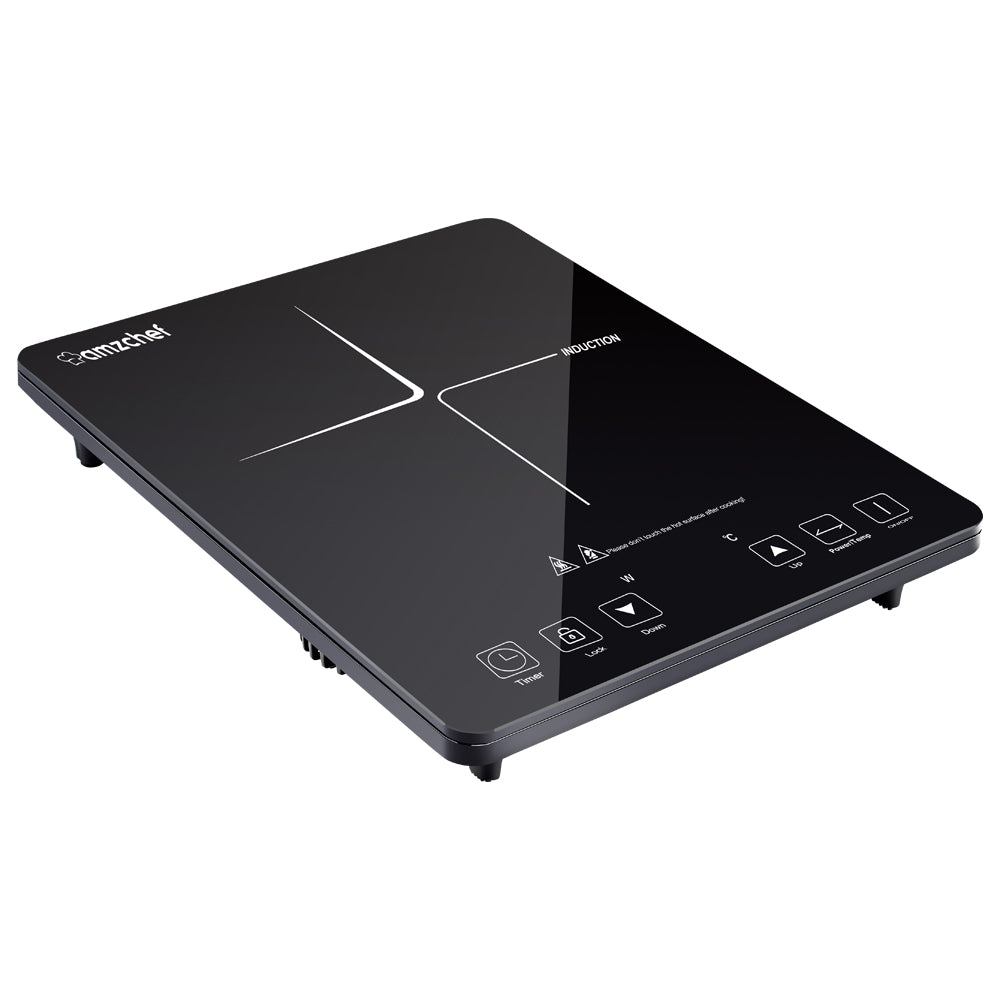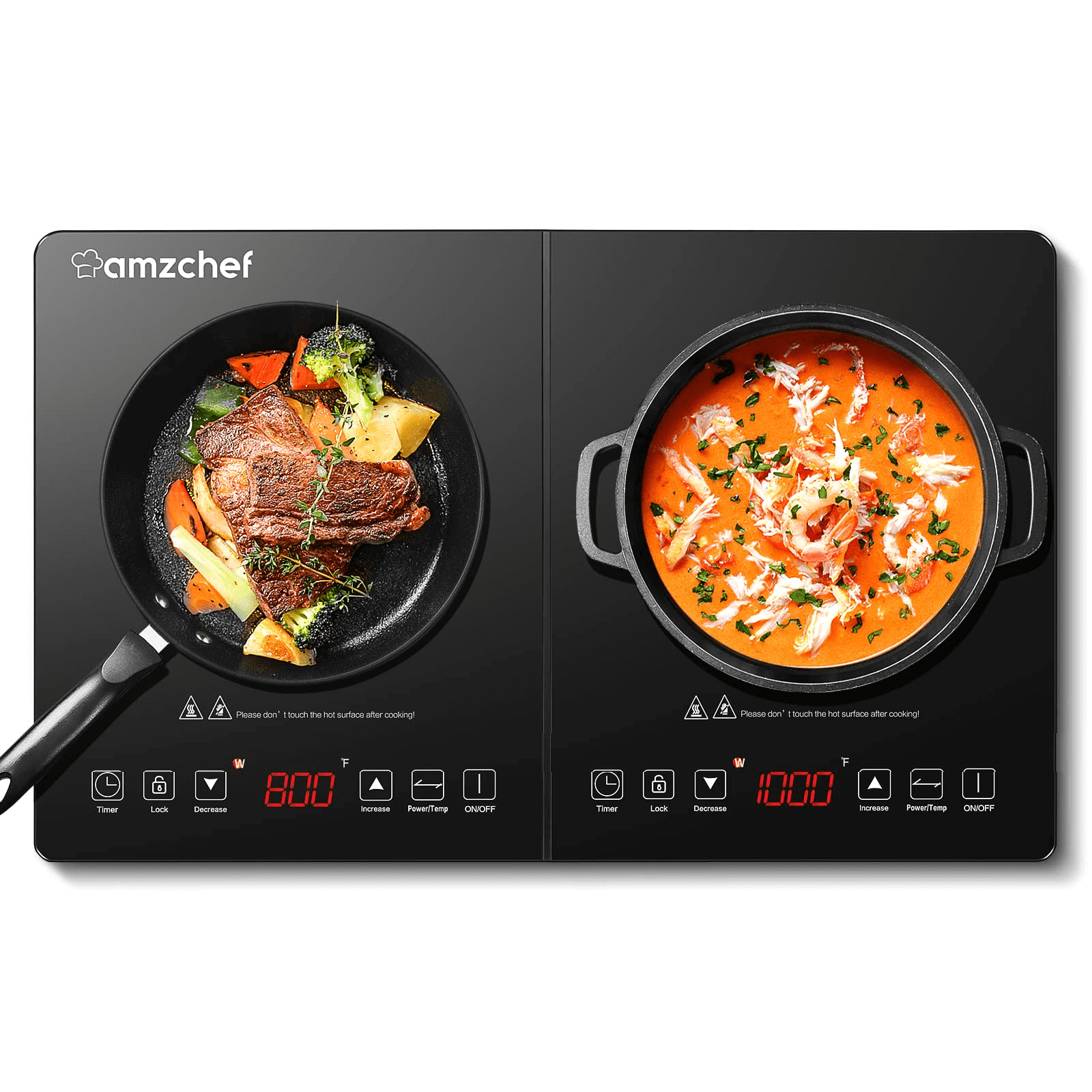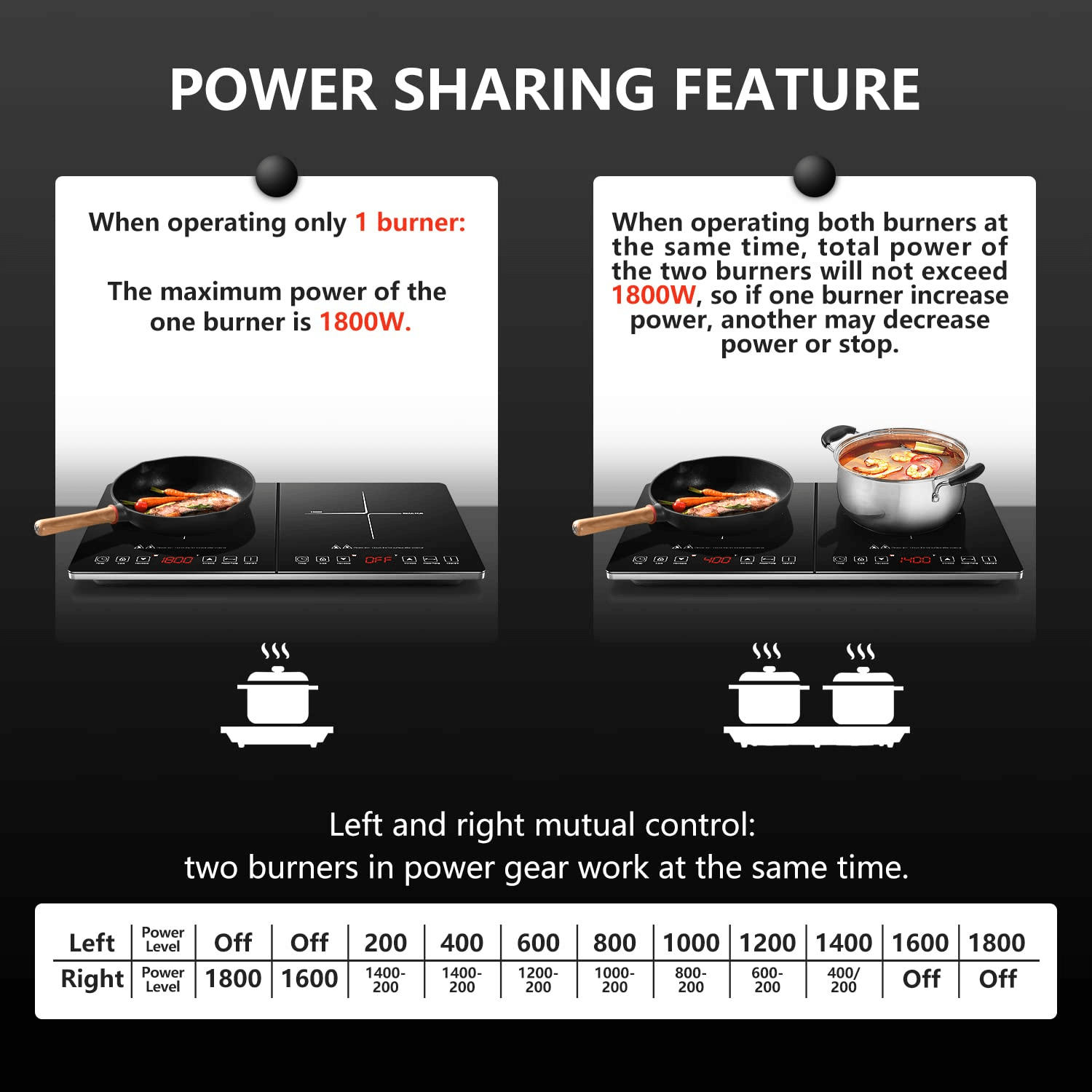Standing in the appliance aisle or scrolling online and wondering, “Should I get a ceramic or induction cooktop?” You're not alone! Both look sleek, both promise efficiency—but they’re worlds apart in how they work and what they offer. Let's break it all down so you can make the smartest choice for your kitchen.
Understanding Cooktop Technology
What is a Ceramic Cooktop?
Ceramic cooktops are made of tempered ceramic glass and typically use radiant heating elements beneath the surface. When you turn one on, the heating coils warm up, and that heat transfers through the glass to your pots and pans.
What is an Induction Cooktop?
Induction cooktops also have a smooth glass surface, but they use electromagnetic fields to directly heat the cookware. That means the cooktop itself stays relatively cool while your pan gets piping hot.
How They Work
-
Ceramic: Transfers heat from coils to the surface and then to the pan.
-
Induction: Uses magnetic fields to make the pan itself the heat source.

Key Differences Between Ceramic and Induction
Heating Technology
Ceramic cooktops use radiant heat—similar to traditional electric stovetops but under glass. Induction uses electromagnetic energy, which means it skips the “warm-up” step and heats pans instantly.
Energy Efficiency
Induction is the clear winner here. Since it heats the pan directly, very little energy is lost. Ceramic cooktops, on the other hand, lose some energy in the transfer process.
Safety Features
Induction is the safer option, especially if you have kids. Since the cooktop doesn’t get hot (except under the pan), you’re less likely to burn yourself. Ceramic cooktops stay hot even after cooking, which can be a hazard.
Cookware Compatibility
-
Ceramic: Works with all cookware.
-
Induction: Requires magnetic (ferrous) cookware. If a magnet sticks to the bottom, you’re good.
Pros and Cons of Ceramic Cooktops
Advantages of Ceramic Cooktops
-
Sleek, modern appearance
-
Compatible with all types of pots and pans
-
Usually less expensive upfront
-
Easier to install in most kitchens
Disadvantages of Ceramic Cooktops
-
Slower to heat and cool
-
Surface remains hot after use—burn risk
-
Can scratch or crack more easily
-
Less energy-efficient than induction
Pros and Cons of Induction Cooktops
Advantages of Induction Cooktops
-
Super fast heating
-
Precise temperature control
-
Cooktop stays cool to the touch
-
More energy-efficient
-
Easier to clean spills (they don’t burn on)
Disadvantages of Induction Cooktops
-
More expensive initially
-
Only works with compatible cookware
-
Can make buzzing sounds with some pans
- Requires more electrical power (might need wiring upgrades)
Cost Comparison
Initial Cost
Ceramic cooktops are generally cheaper. You can get a quality model starting from a few hundred dollars. Induction cooktops, however, start higher and can go up quickly.
Long-Term Operating Costs
Induction wins here thanks to energy efficiency. Over time, you may save on your electricity bill, especially if you cook frequently.
Performance & Cooking Experience
Heat Control
Induction offers pinpoint control—like gas but more precise. Ceramic is better than coil burners but not as responsive as induction.
Speed of Cooking
Induction is lightning-fast. Boil water in under 90 seconds? No problem. Ceramic? Well, grab a book while you wait.
Cleaning & Maintenance
Both are easy to wipe down, but induction gets the edge. Spills don’t burn on, so cleanup is a breeze.
Which Cooktop is More Durable?
Lifespan
Both can last 10–15 years with good care. Induction components are generally more high-tech but also more fragile.
Wear and Tear
Ceramic surfaces can crack or scratch with heavy pans. Induction glass is tougher but not immune to damage.
Environmental Impact
Energy Use
Induction is the eco-friendlier option. Less energy wasted means fewer emissions if your home runs on fossil-fueled electricity.
Eco-Friendly Materials
Both use glass-ceramic surfaces, but induction's efficiency makes it the greener choice overall.
User Experience: What Real People Say
Reviews from Ceramic Users
Many love the affordability and simplicity. Complaints usually center on slow heat-up time and cleaning burnt food off the surface.
Reviews from Induction Users
Users rave about speed, control, and cleanliness. Downsides include the cost and having to replace non-compatible pans.
Who Should Choose Ceramic?
-
Budget-conscious buyers
-
People who already have non-magnetic cookware
-
Casual cooks who don’t need lightning-fast performance
Who Should Choose Induction?
-
Serious home chefs
-
Families with kids (safety!)
-
Energy-conscious households
-
Anyone who hates waiting for water to boil
Final Verdict: Which One Wins?
If budget isn’t your biggest concern and you want speed, efficiency, and safety—go induction. But if you’re looking for something stylish, simple, and cost-effective, ceramic can still be a great choice. It all depends on your priorities in the kitchen.
Conclusion
So, ceramic or induction? Now you know it’s more than just a surface decision—it’s about how you cook, what you cook with, and how much you’re willing to spend for performance and convenience. Choose what fits your lifestyle, and you’ll never look back.
FAQs
1. Can I use regular pans on induction cooktops?
Only if they’re magnetic. Try the fridge magnet test—if it sticks, it works!
2. Are ceramic cooktops outdated?
Not at all! They’re still popular for their affordability and sleek design.
3. Do induction cooktops make noise?
Sometimes. A low hum or buzz can occur, especially with lightweight pans.
4. Which cooktop is better for families with kids?
Induction—hands down. The surface stays cooler and offers better safety features.
5. How long do ceramic and induction cooktops last?
With proper care, both can last 10–15 years, though induction may require tech repairs sooner.


